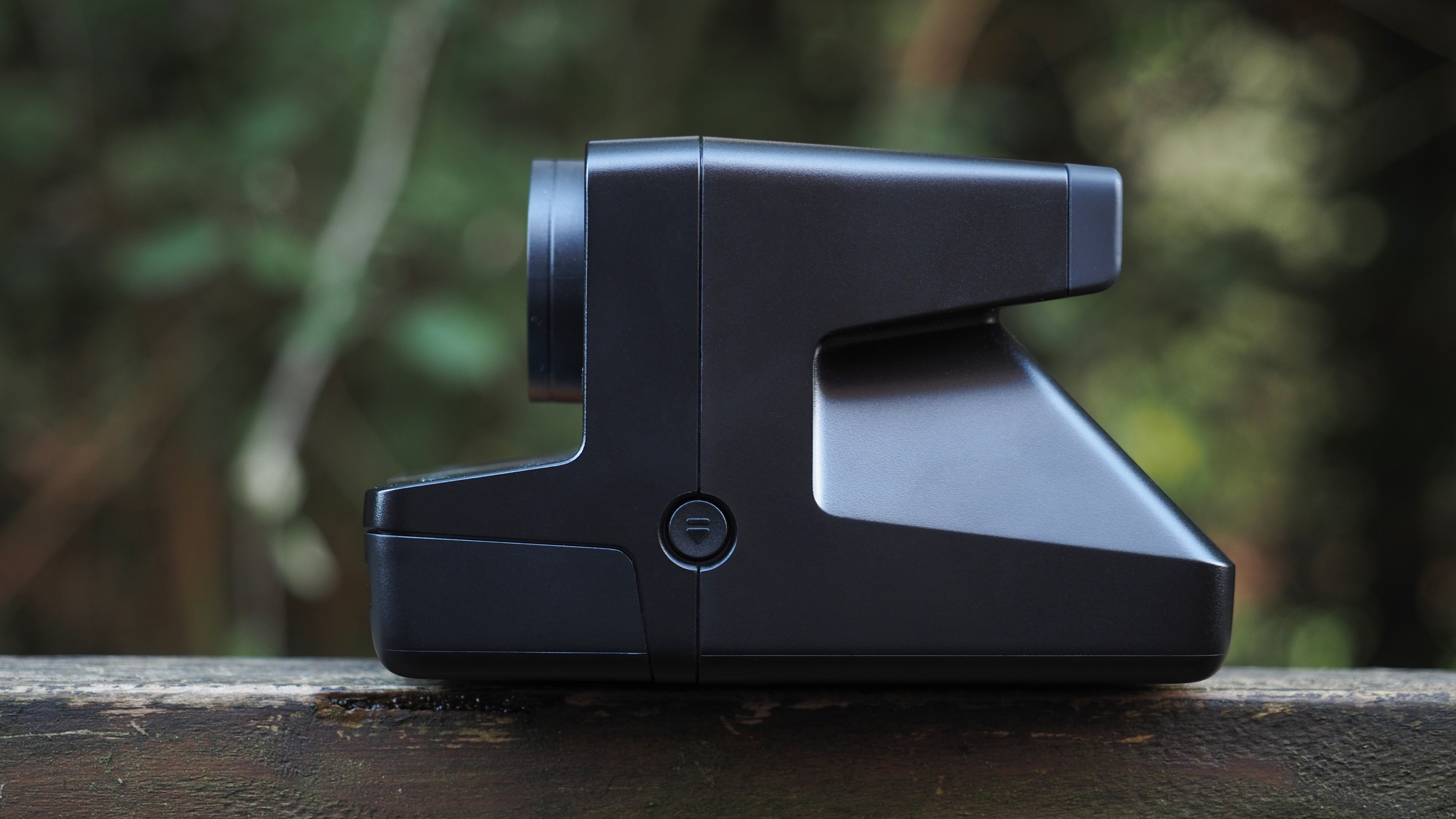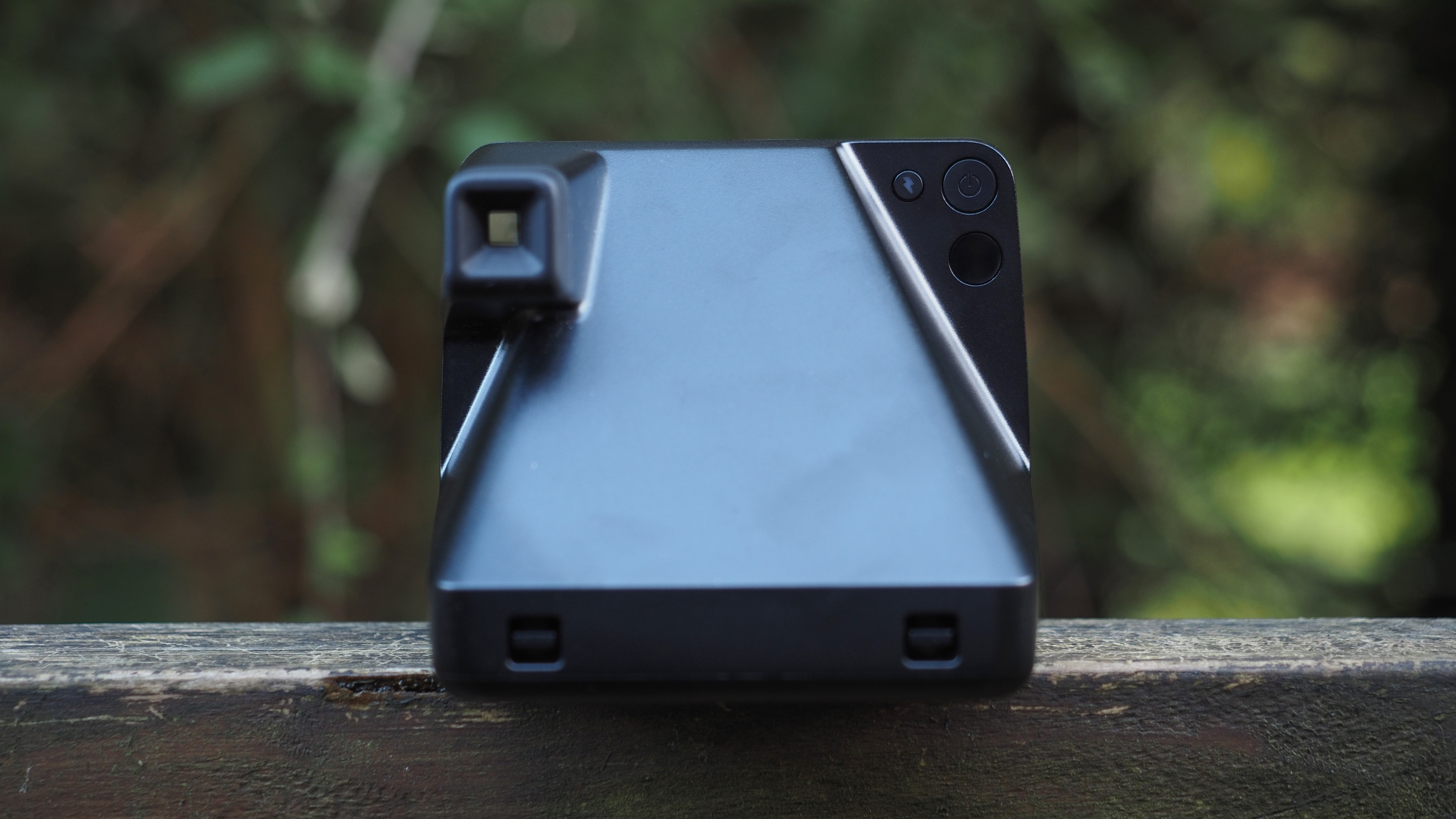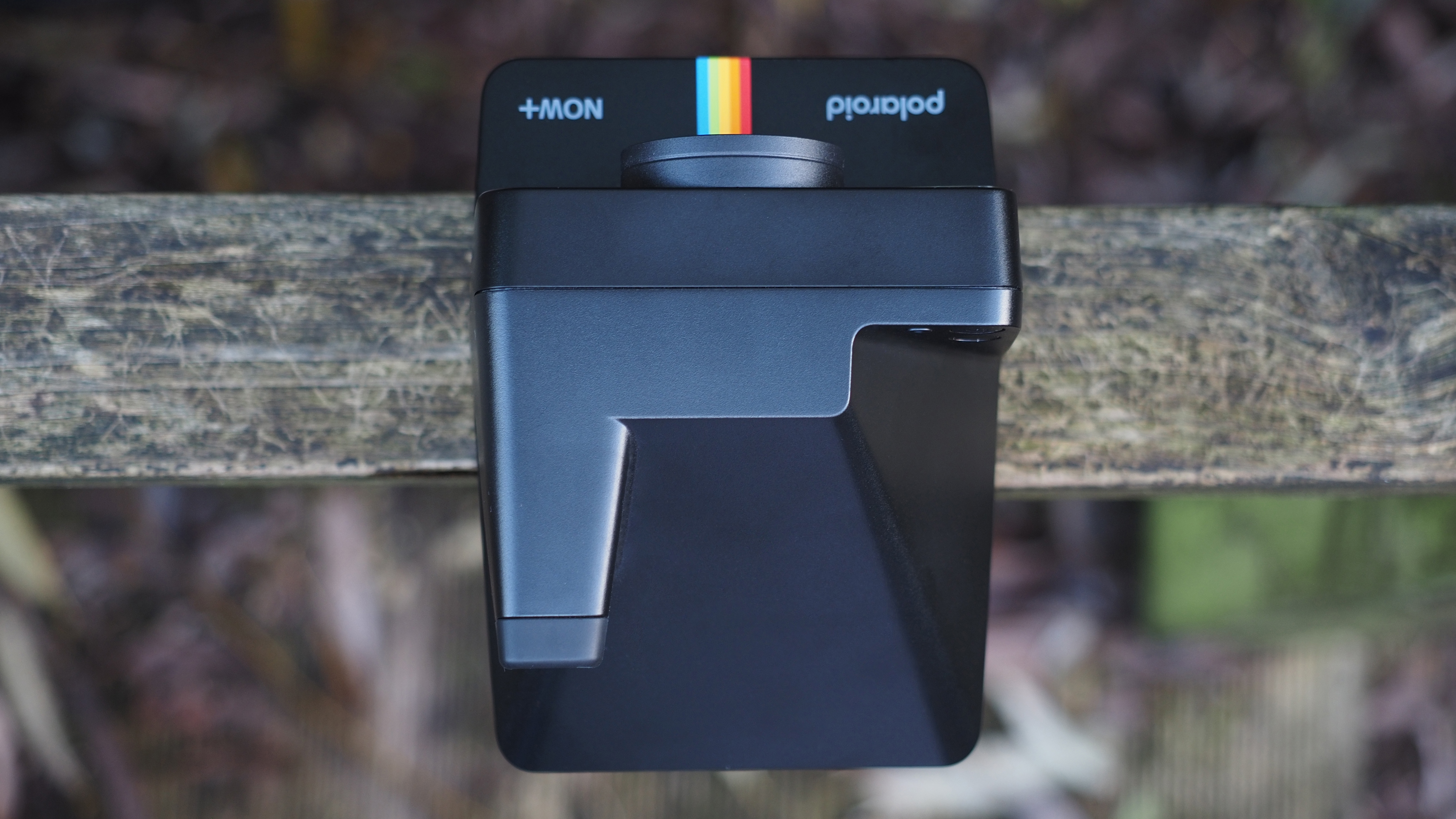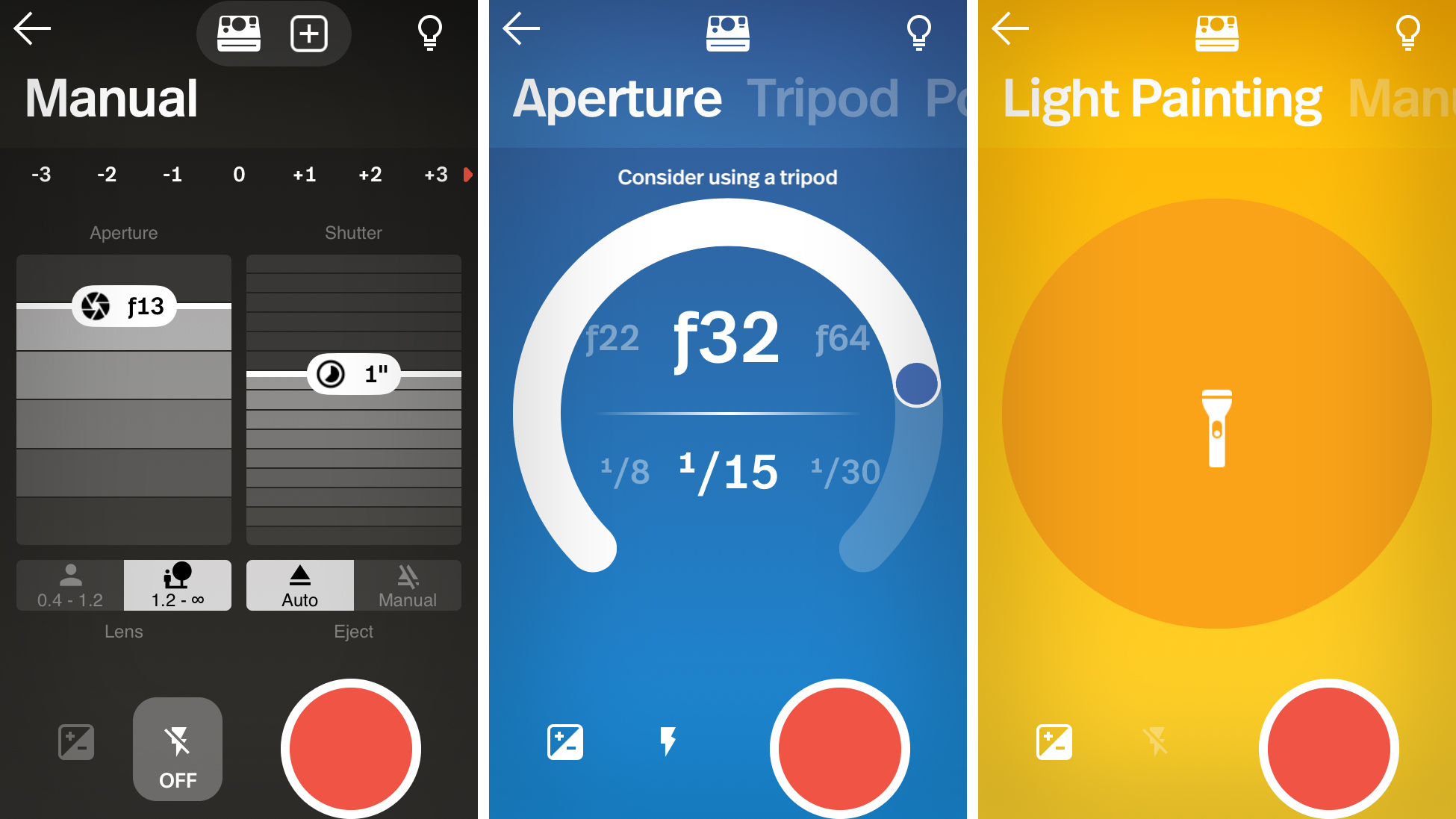Digital Camera World Verdict
The Polaroid Now+ Generation 2 is identical to the original bar three things: the logo has changed, it's 5,5g lighter and the Micro USB port has changed to a USB-C port. That's it. Everything else is exactly the same: great image quality, tripod mount, plus a fantastic app that unlocks creative features from double-exposures and light painting to aperture and manual modes, along with physical lens filters and a lens cap. It's my favorite Polaroid camera, but not different enough to merit an upgrade if you already own the OG model.
Why you can trust Digital Camera World
This review will be fairly brief, because the Polaroid Now+ Generation 2 is essentially identical to the original camera. There are only three differences, and they're all physical – none make any difference to the performance of the camera.
The Polaroid Now+ Generation 2 is ever so slightly lighter than the Polaroid Now+ (to the tune of 5.5g), the logo has been updated, and the USB port has been updated. This is the only genuinely useful change, as the OG Now+ had a Micro USB connection and the Gen 2 now has a USB-C.
But like I said, everything else about the cameras is the same – which is to say, this is still one of the very best instant cameras you can buy. So if you want a full rundown of the features, with more sample images, take a look at my original Polaroid Now+ review.
In this review, I've included a few comparison shots taken on the Polaroid Now+ Generation 2, the Instax Wide 400 and the Instax Square SQ40 so you can see how the image quality stacks up to its latest rivals.






Polaroid Now+ Generation 2: Specifications
| Film type | Polaroid i-Type, Polaroid 600 | Row 0 - Cell 2 |
| Lens | Standard Lens 102.35mm (40mm full-frame equivalent), Close-up Lens 94.96mm (35mm equivalent) | Row 1 - Cell 2 |
| Shutter speed | 1/200-1sec (camera only), 1/200-30 sec and Bulb mode (via app) | Row 2 - Cell 2 |
| Aperture | f/11, f/13, f/16, f/22, f/32, f/64 | Row 3 - Cell 2 |
| Flash | Automatic (with override) | Row 4 - Cell 2 |
| Power | USB-rechargeable lithium-ion 750mAh battery, 120 exposures | Row 5 - Cell 2 |
| Dimensions | 150.16 x 112.2 x 95.48mm | Row 6 - Cell 2 |
| Weight | 451.5g (without film pack) | Row 7 - Cell 2 |
Polaroid Now+ Generation 2: Pricing
The Polaroid Now+ Generation 2 is priced $149.99 / £139.99 / AU$329.95. Aside from the Australian pricing, which is way out of whack, that's a pretty good price and stacks up well against its competitors.
The Instax Wide 400 is Fujifilm's equivalent "large format" instant camera, with an almost identical image area but a rectangular instead of square shape, and comes in at $149.99 / £129.99 / AU$229.99.
Polaroid Now+ Generation 2: Design and handling
This is a bulky, boxy, chunky hunk of camera. It's not quite as tank-like as the Lomo'Instant Wide Glass or the Instax Wide 400, but because it's pretty square-shaped it isn't the most convenient thing in the world to hold or carry (I've invested in one of Polaroid's official bags to transport it).
Of course, its design is in keeping with the traditional shape and form of classic Polaroid cameras – so even though it's very different from the flatter form factor of Instax cameras, this is the familiar block of photographic magic that I and many others remember our parents and grandparents using.
The viewfinder is honest and true, making it extremely easy to frame your shots, and the controls are simple and make sense. The red shutter button on the front is responsive and easy to access, and a "+" button beneath the finder is your access to the creative modes.
On the rear of the camera, another button enables you to turn the flash off or on depending on whether you want it, and the simple LED counter indicates how many shots you have remaining.
One of the things that distinguishes the Now+ from the regular Polaroid Now is the inclusion of a lens cap along with physical lens filters – and I think these are pretty cool! Simply slide one of the five filters (starburst, red vignette, blue, yellow and orange) onto the lens to enjoy creative effects on your shots.

Polaroid Now+ Generation 2: Performance
Again, the Gen 2 behaves identically to the original model, so check out my Polaroid Now+ review for a more in-depth take on its performance along with the functionality and features provided by the app.
In short, this camera takes fantastic photos that I personally prefer to those produced by the Instax Wide and Square. It renders in Polaroid's signature magenta and cyan-heavy way, which is either to your taste or it isn't, but it doesn't overexpose highlights the way that Instax tends to.
The Polaroid app is where the real magic lies, though, and it works seamlessly – just turn on your camera and the app detects it like magic.

While the camera has a built-in self-timer, the app can be used like a shutter remote or timed remote, both of which are very welcome whether you're balancing the Gen 2 on something or making use of the built-in tripod mount.
If you're doing the latter, you can also make use of the app's Tripod mode for long exposures or even take full control in Manual mode. There are also dedicated modes for Light Painting, Portrait and Double Exposures.
And while some may see it as a pain, having to use an app to access all these features, it works so much better than trying to shoehorn all that functionality onto the camera itself.
Polaroid Now+ Generation 2: Samples





Polaroid Now+ Generation 2: Verdict
The Polaroid Now+ Generation 2 is my favorite instant camera. It's basically the current version of the OneStep+, boasting a host of great creative features both physical (in the form of the included lens filters) and accessed via the brilliant app (such as light painting and fully manual control).
In terms of image quality, I put it above its Instax rivals and it's only bested by the Polaroid I-2 (which costs three times as much) or perhaps the Lomo'Instant Wide Glass (which is much bulkier and doesn't have as many creative tools).
However, it's literally identical to the original Polaroid Now+ aside from a USB-C port and extremely minor physical differences. So if you already own the OG model, there's no need to upgrade – but if you're looking to buy your first Polaroid, this is the one to go for.

James has 25 years experience as a journalist, serving as the head of Digital Camera World for 7 of them. He started working in the photography industry in 2014, product testing and shooting ad campaigns for Olympus, as well as clients like Aston Martin Racing, Elinchrom and L'Oréal. An Olympus / OM System, Canon and Hasselblad shooter, he has a wealth of knowledge on cameras of all makes – and he loves instant cameras, too.


